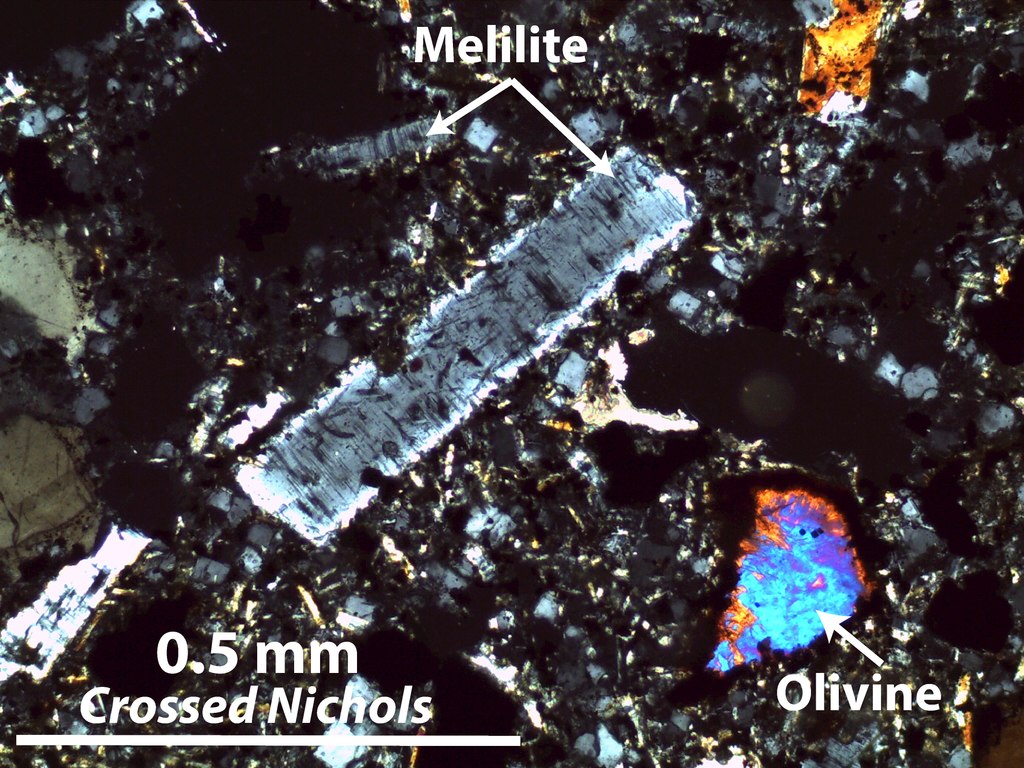When I moved to York's South Bank a decade or so ago, I liked the blueish decorative bricks that lined the back alleys. Only recently, thanks to the ever-enjoyable and informative York Stories blog, did I discover how unusual these bricks were.
 |
| Double-hexagonal scoria bricks, or rosemary setts, or stable paviours, Walmgate, York. |
Apparently, they are rosemary setts, or stable paviours, or stable pavers, or slag paviours. They were made by the Tees Scoriae Brick Company, using a patent developed by Joseph Woodward to turn molten blast furnace slag into bricks. Appropriately, they were made in South Bank, Teesside.
 |
| Joseph Woodward's 1877 patent of a Machine for Making Bricks, Tiles, &c., from Slag, or Scoria (image obtained from the Hidden Teesside website). |
Geologically, scoria is 'an extremely vesicular basaltic lava'. The Greek word skoria means rust or slag, so Woodward and his friends were hellenizing slag to make their company sound a bit more sophisticated. And why not? The ingenuity of turning waste material into building materials was sophisticated!
Geologically, it's also interesting that the Tees Scoriae Brick Company was essentially making its own igneous rocks. An 1890 paper by Gilbert Redgrave on the utilization of slag compares the bricks to basalt, and notes that casting two bricks together, before splitting them with a hammer, created a 'cleavage' that coped much better with heavy traffic than a smooth, moulded surface.
 |
| Spot the difference: basalt paving stones in Cape Verde (image from Wikimedia Commons). |
The density of the bricks made them very hard-wearing, as did the composition. Mark Warman, in a comment on the York Stories blog, said that microscopic examination of a sectioned sett showed it contained melilite ('honey stone') minerals, first found near Rome in the late 18th Century. Melilites are a group of calcium silicate minerals, naturally found in metamorphic and volcanic rocks, and meteorites. However, there are many synthetic forms, and clearly the furnace slag brickworks of Cleveland were a good artificial habitat.
 |
| Melilite minerals in a thin section of Hawaiian basalt (image from Wikimedia Commons). |
Lava-tough, honey-infused, rosemary setts: perfect for gritty northern streets. Don't think about using them as house-bricks, though. A study by Michele Dondi and colleagues in 2004 showed that bricks rich in calcium silicates, such as melilite, are thermally conductive, so don't offer good insulation.
Hopefully the good folks at Darwen Terracotta knew this when making the scoria-inspired tiles for York Art Gallery's Centre of Ceramic Art...
 |
| Melilite-free, hopefully (image from Wikimedia Commons). |
Comments
- paving stone Ireland
- natural stone paving Dublin
- garden paving slabs Ireland
- patio paving stones suppliers
- driveway paving contractors Ireland
- outdoor paving solutions
- paving stone installation services
- decorative paving stones
- Irish paving stone suppliers
- paving slabs for gardens and patios
natural stone walkways
heritage paving techniques
local quarry stone France
climate-resistant paving materials
historic courtyard restoration
granite and limestone slabs
urban garden aesthetics
sustainable outdoor surfaces
custom paving patterns
top branding agency
social media marketing agency malaysia
web design selangor